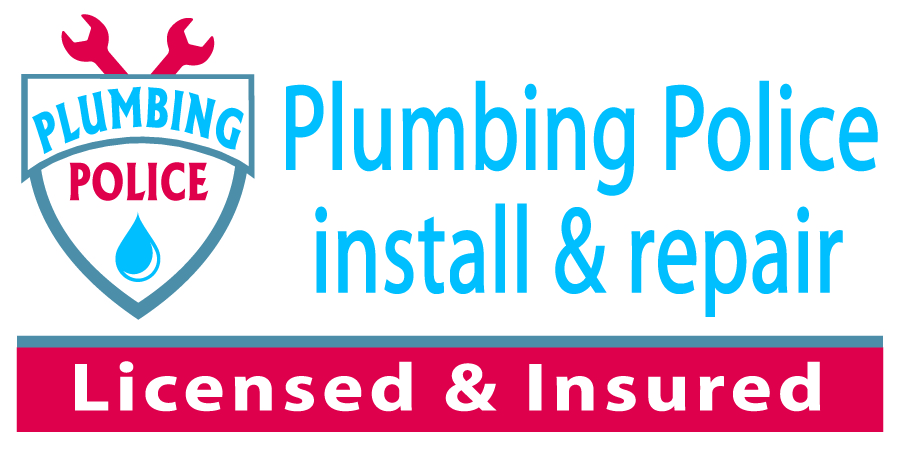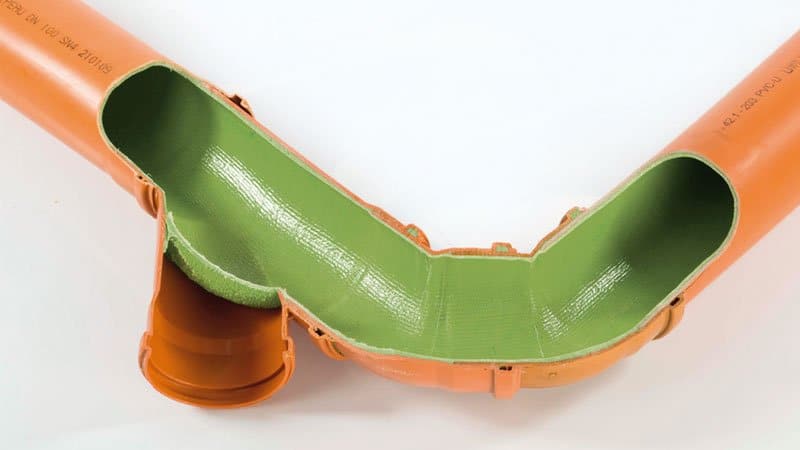Pipe Relining
Pipe relining is a method used to repair and rehabilitate existing pipes without the need for extensive digging and replacement. It involves inserting a new liner into the damaged pipe, which then hardens and forms a new, durable pipe within the old one. Here’s a closer look at what pipe relining is and its benefits:
What Is Pipe Relining?
- Inspection: Pipes are inspected using cameras to assess the extent of the damage and identify the best relining approach.
- Cleaning: The interior of the pipe is cleaned to remove debris, corrosion, and other obstructions.
- Liner Insertion: A flexible, resin-coated liner is inserted into the existing pipe.
- Curing: The liner is cured using heat, UV light, or a chemical process, hardening it into a new, solid pipe within the old one.
- Final Inspection: The relined pipe is inspected again to ensure proper installation and effectiveness.
Benefits of Pipe Relining
- Minimal Disruption: Relining can be done with minimal digging, reducing disruption to landscaping, roads, and existing structures.
- Cost-Effective: Often cheaper than traditional pipe replacement, as it avoids the costs associated with excavation and restoration.
- Durability: Creates a new, durable pipe that can last for several decades, often with a warranty.
- Improved Flow: Restores or enhances water flow by smoothing out the internal surface of the pipe.
- Environmental Benefits: Reduces the need for new materials and minimizes the environmental impact of excavation and disposal.
- Quick Installation: Typically faster than traditional pipe replacement, reducing downtime and inconvenience.
- Structural Integrity: Reinforces the existing pipe, improving its structural integrity and resistance to future damage.
Pipe relining is a modern, efficient solution for maintaining and repairing aging or damaged pipelines, offering long-lasting results with less disruption and lower costs.
We at the Plumbing Police will be happy to provide you with professional service


